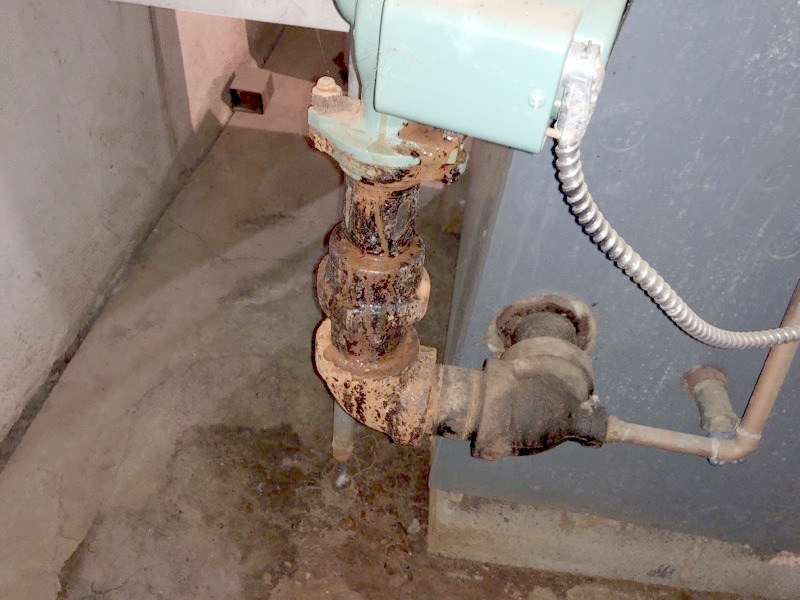Prior to the 1940s residential hot air and hot water heating installations were “gravity” systems; they lacked fans and pumps. The air and water circulated using only the thermodynamics of convective heat transfer. Hot air and water are lighter and less dense than cold air and water. They rise through the distribution system and displace the heavier, denser cold fluid. That cold air or water falls back to the furnace or boiler to be heated and start the cycle all over again. Gravity furnaces were called “octopuses” as they had huge upward branching supply ducts. A gravity system could take an hour or more to fully heat the house. The addition of fans and pumps reduced this to a few minutes.
Evaluate circulator fans for operation. They should come on after heating is initiated, turn off afterwards, and occasionally turn back on briefly a few minutes after the heating cycle ends. Fans should not be noisy or vibrate. Inspect as possible for dirt buildup. Air handlers should have a safety switch that shuts off the circulator when the fan compartment cover is removed. Boiler pumps should be inspected to ensure they are running to circulate the heated water. The pump should be quiet, and not vibrate or have any leaks.
“Octopus” Furnace:
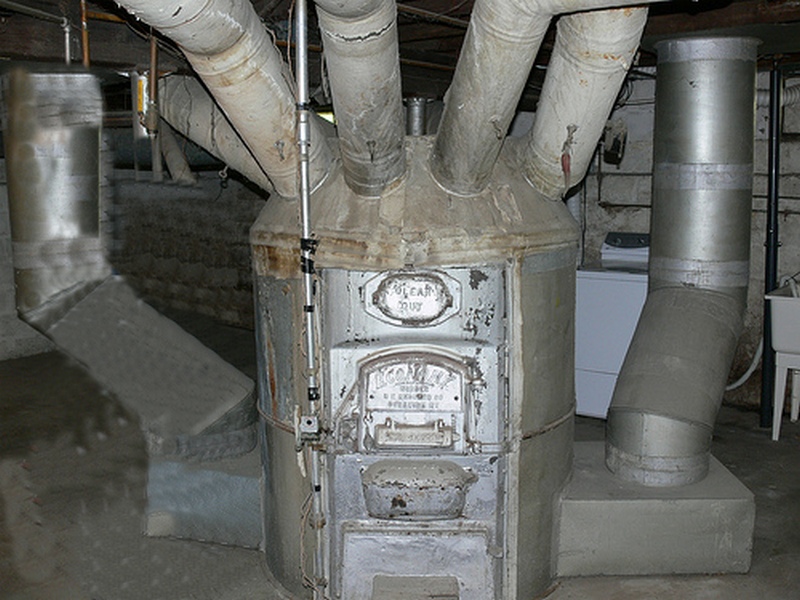
The circulator fan door interlock switch is missing or defective. This is a potential safety concern that may also prevent the system from running at all. Hire an HVAC contractor to repair or replace the switch.
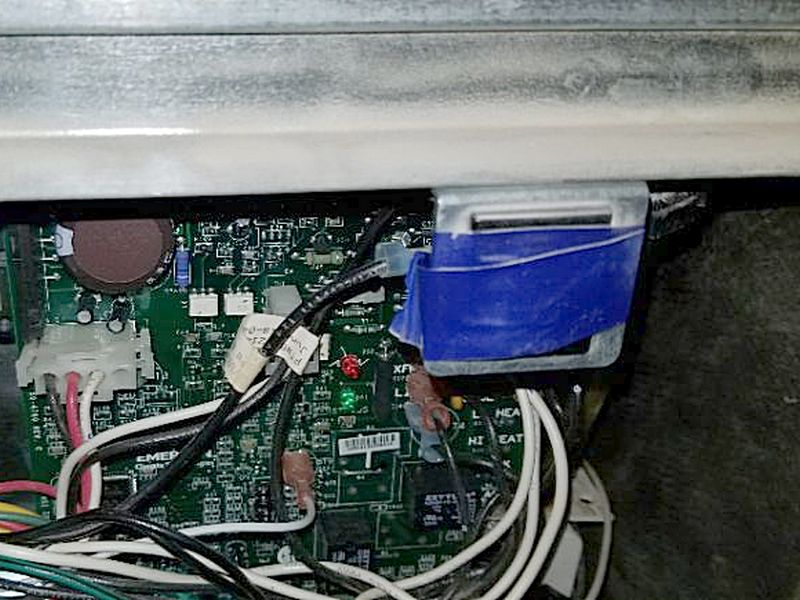
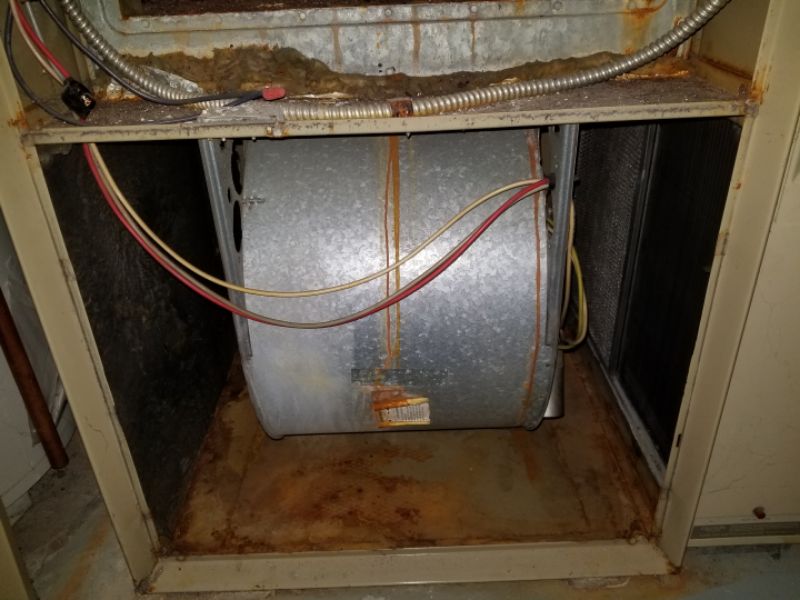

The circulator fan is dirty. This reduces the efficiency of the blower, and affects indoor air quality. Hire an HVAC technician to clean and service the system.
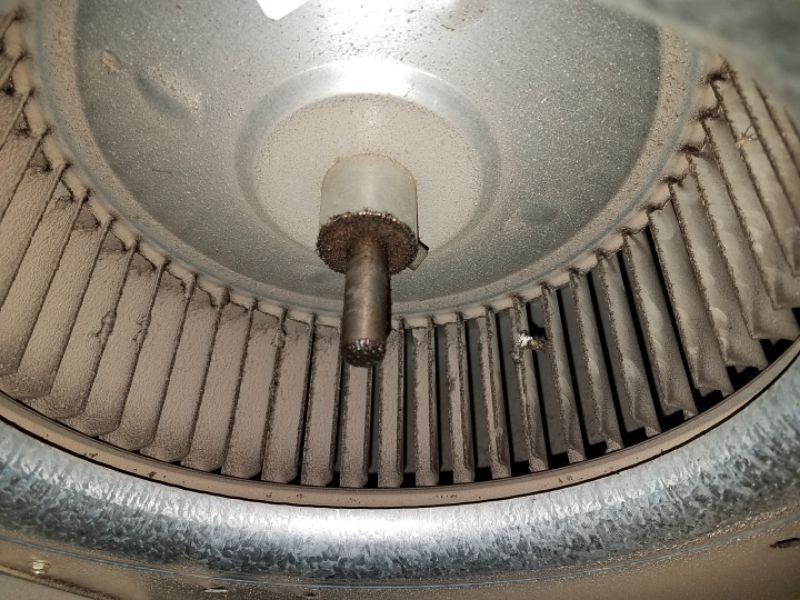
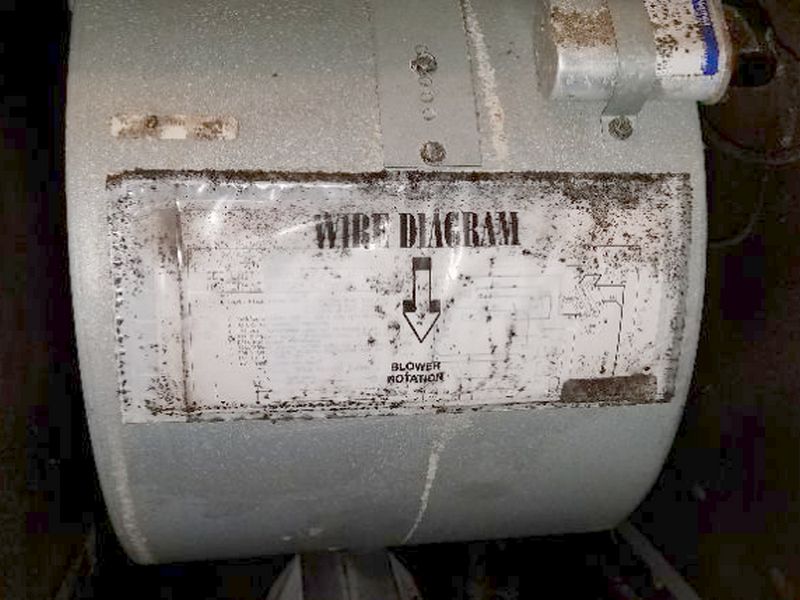
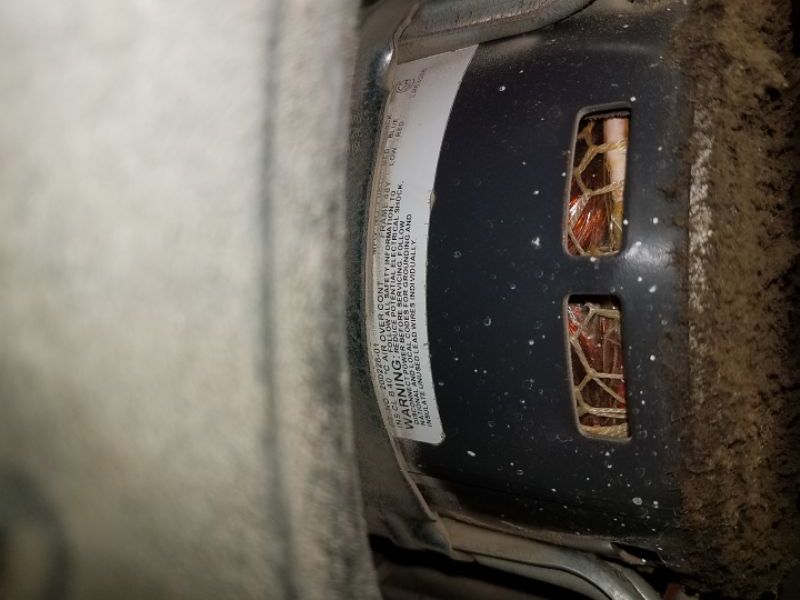
The air handler’s interior insulation is loose. This can damage the circulator fan if it falls into the blower assembly. Hire an HVAC technician to provide repairs as needed.
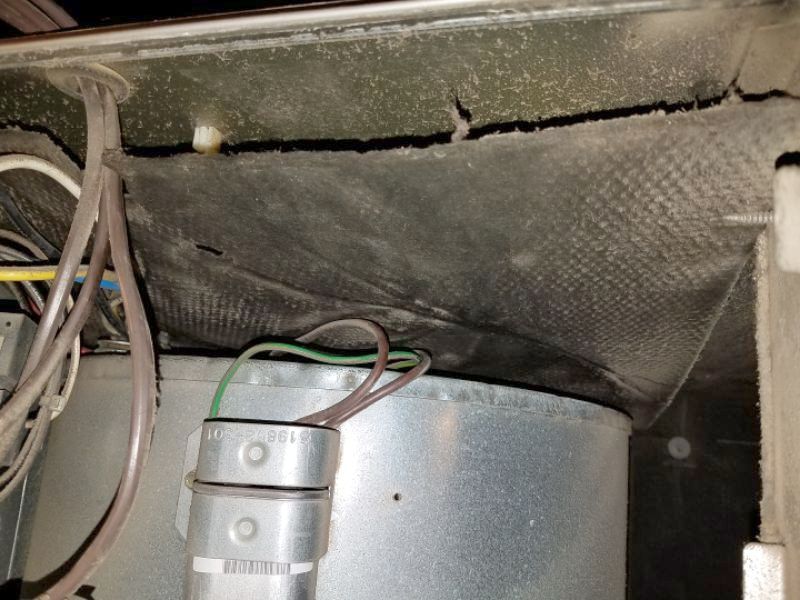
The air handler for the HVAC system is installed in a restricted space that may prevent proper access by service personnel. Hire a contractor to make repairs as needed.

The circulator pump is leaking. This indicates a failing and unreliable component. Hire an HVAC contractor to repair or replace the pump.

